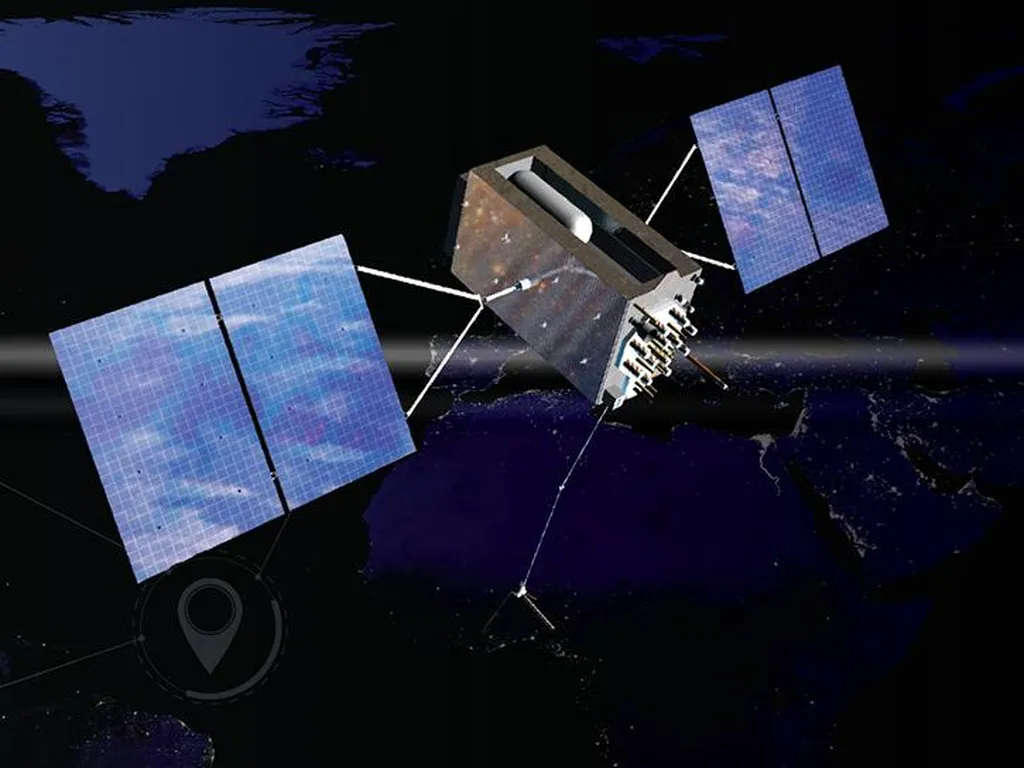Modern agriculture is at a crossroads, with increasing pressure to adopt autonomous technologies to meet the demands of a growing population and changing climate. However, the journey towards full autonomy is fraught with challenges, particularly when it comes to navigating harsh and variable field conditions. For Original Equipment Manufacturers (OEMs) and agricultural robotics developers, the focus has shifted towards the reliable and scalable deployment of autonomy, with Global Navigation Satellite Systems (GNSS) at the heart of this transformation.
GNSS has long been a cornerstone of precision agriculture, but the demands of autonomy introduce new complexities. Inconsistent heading, signal interference, and positional drift at low speeds are now critical failure points that can hinder the safe and efficient operation of autonomous systems. To address these challenges, OEMs must carefully consider the right GNSS architecture—whether single-antenna or dual-antenna—based on the specific operational context and safety requirements of their applications.
Modularity is a key factor in enabling scalable and dependable autonomy in agriculture. Modular GNSS solutions allow manufacturers to add functionalities such as heading and terrain compensation through firmware-based upgrades, eliminating the need for hardware changes. This approach reduces costs and downtime, making it an attractive option for OEMs looking to future-proof their autonomous systems.
Reliability is another critical aspect, as GNSS systems must deliver consistent, precise positioning in extreme environments, including dust, vibration, and fluctuating weather conditions. Additionally, global technical support, training, and engineering expertise are essential for smooth integration and long-term success. Complex field conditions, such as dense tree coverage, irregular terrain, and slow-speed operations, require GNSS platforms that maintain accuracy and stability, ensuring that autonomous systems can operate effectively in real-world scenarios.
Hexagon, a leading provider of GNSS solutions, offers modular platforms that support the entire lifecycle of autonomous systems. By combining GNSS with inertial measurement units (IMUs), Hexagon’s solutions enhance performance in areas with compromised signals and comply with ISO 25119 functional safety standards. The company’s SMART antennas with integrated receivers support firmware upgrades, reducing the need for hardware replacement and ensuring scalability. Moreover, Hexagon’s global support network provides 24/7 technical assistance and training, ensuring seamless deployment and long-term success.
The impact of reliable GNSS positioning on autonomous agriculture cannot be overstated. High-precision navigation reduces rework, minimizes downtime, and ensures efficient field operations. Dependable GNSS supports advanced capabilities such as swarm operations, intelligent implement control, and compatibility with aftermarket autonomy kits. As the industry looks towards the future, flexible GNSS platforms that support both single-antenna and dual-antenna configurations will empower manufacturers to grow confidently. Paired with firmware upgrades and global support, these platforms provide the foundation for precise, reliable, and efficient autonomy today and into the future.
By addressing the unique challenges of agriculture and enabling scalable autonomy, GNSS technology is driving the next generation of agricultural innovation. As the industry continues to evolve, the reliable and scalable deployment of autonomy will be crucial in meeting the demands of modern farming. With the right GNSS solutions, OEMs and ag robotics developers can confidently navigate the complexities of autonomous agriculture, paving the way for a more efficient and sustainable future.

